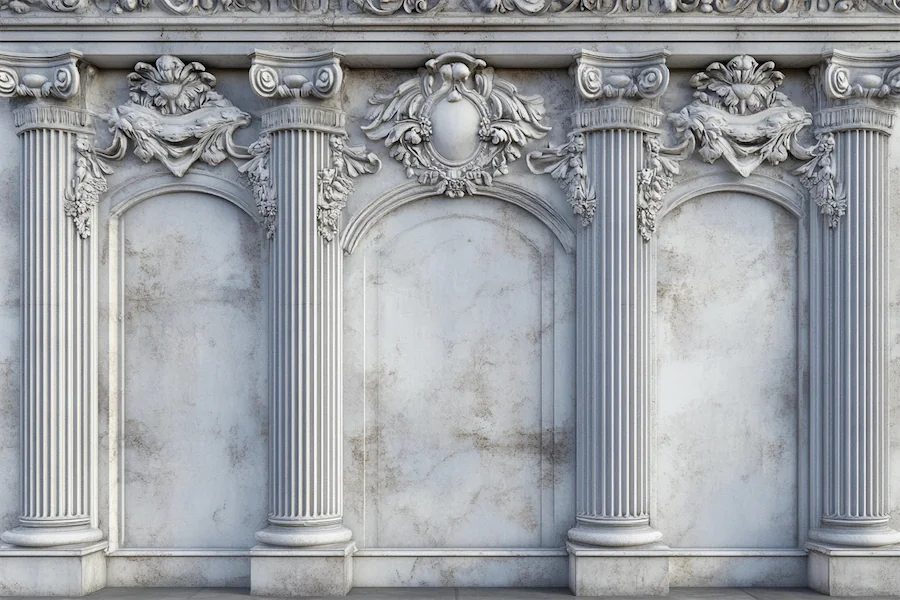Neoclassical architecture, which emerged in the mid-18th century, represents a revival of classical Greek and Roman design principles. This architectural style emphasizes grandeur, simplicity, and symmetry, with walls playing a crucial role in conveying these ideals.
History and Origins of Neoclassical Walls
The Neoclassical movement arose as a reaction to the ornate excesses of the Baroque and Rococo periods. Inspired by the archaeological discoveries of ancient civilizations, architects sought to return to the perceived purity and rationality of classical architecture. Walls in Neoclassical structures were designed to be more restrained and monumental, reflecting the Enlightenment ideals of order and reason.
Key Features of Neoclassical Walls
Neoclassical walls are characterized by several distinct features:
- Simplicity and Grandeur: Walls often present large, unadorned surfaces that convey a sense of strength and permanence.
- Classical Orders: Incorporation of Greek and Roman elements, such as Doric, Ionic, or Corinthian pilasters and columns, adds elegance and historical reference to the walls.
- Symmetry and Proportion: The design of walls adheres to strict symmetrical layouts and harmonious proportions, reflecting the classical emphasis on balance.
- Decorative Elements: While generally restrained, walls may feature decorative motifs like friezes, cornices, and moldings that draw directly from classical antiquity.
Applications of Neoclassical Walls
Neoclassical walls are utilized in various types of structures, including:
- Government Buildings: The imposing and formal nature of Neoclassical walls makes them suitable for institutions like courthouses and legislative buildings, symbolizing stability and democracy.
- Cultural Institutions: Museums, theaters, and libraries often feature Neoclassical walls to convey a sense of timelessness and reverence for knowledge and the arts.
- Residential Architecture: Grand homes and estates may incorporate Neoclassical walls to evoke elegance and classical beauty, often featuring colonnades and pediments.
Considerations When Choosing Neoclassical Walls
When incorporating Neoclassical walls into contemporary designs, consider the following:
- Material Selection: Use high-quality materials such as stone or stucco to achieve the desired monumental appearance and durability.
- Craftsmanship: Attention to detail in the execution of classical elements is essential to maintain authenticity and aesthetic appeal.
- Contextual Integration: Ensure that the Neoclassical elements harmonize with the surrounding environment and architectural styles to avoid visual discord.
Conclusion
Neoclassical walls embody the principles of classical architecture, emphasizing simplicity, symmetry, and grandeur. Their enduring appeal lies in their ability to convey dignity and timeless beauty, making them a favored choice for various architectural applications.
